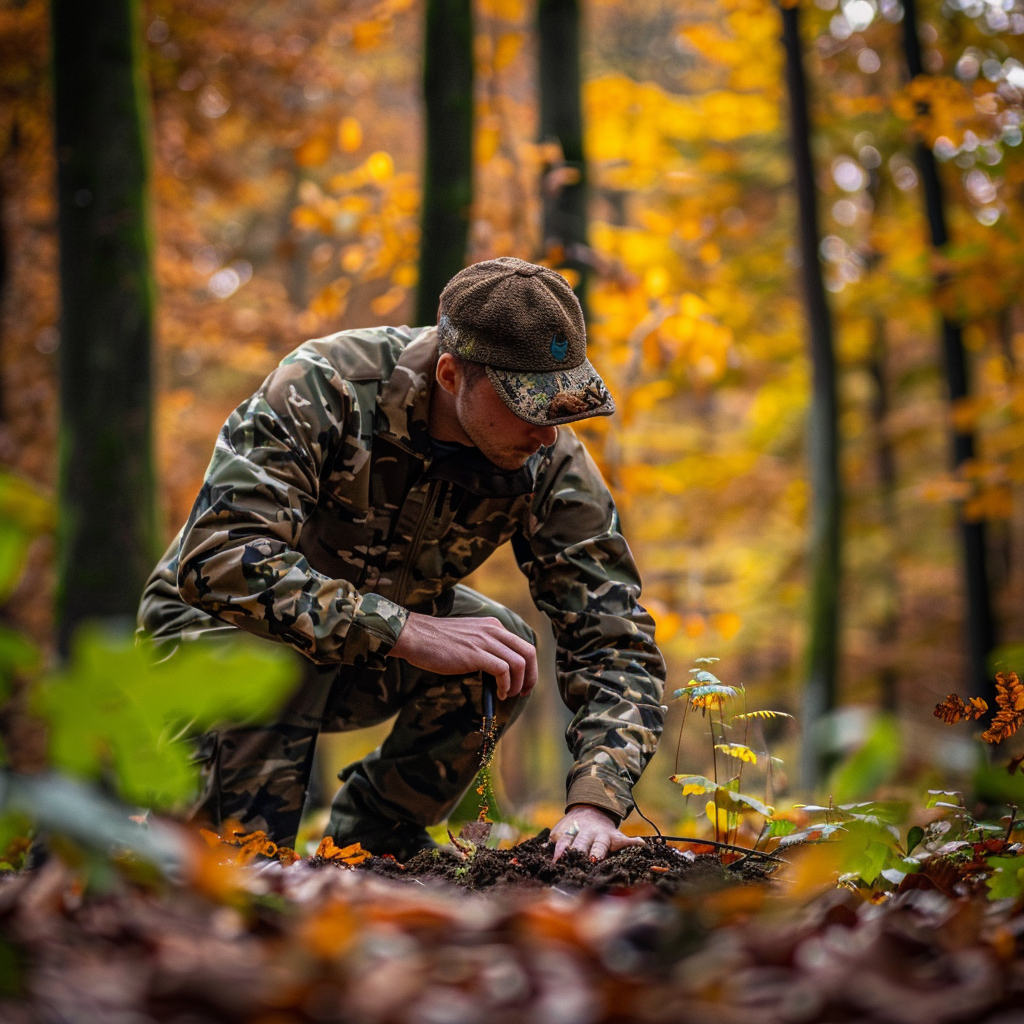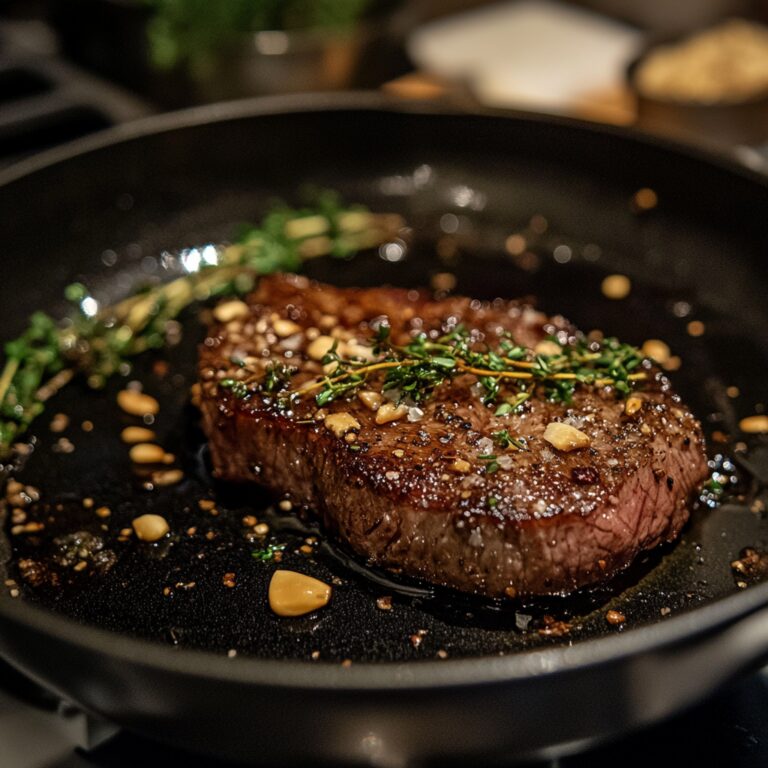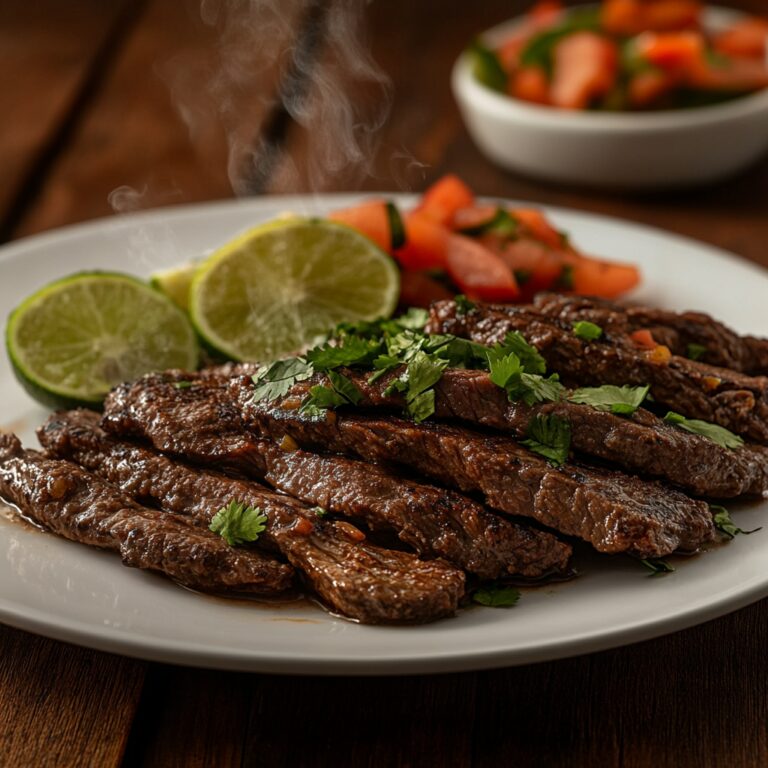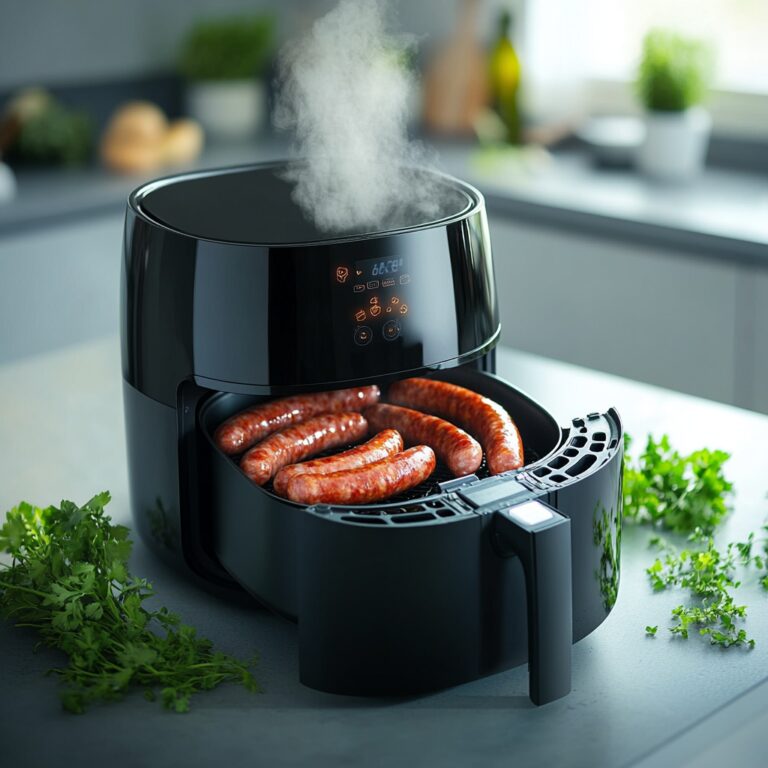Ultimate Guide: How to Make a Perfect Mock Scrape for Hunting
Mock scrapes are an essential tool for any serious hunter. They allow you to attract deer to a specific location, giving you the advantage of predictability. Whether you’re a seasoned hunter or a novice, creating an effective mock scrape can significantly increase your chances of a successful hunt.
What is a Mock Scrape?
A mock scrape is a simulated scrape that mimics the natural behavior of deer. Deer, particularly bucks, create scrapes by pawing the ground and urinating in the disturbed earth. This action leaves their scent, marking their territory and signaling their presence to other deer.
Why Create a Mock Scrape?
Creating a mock scrape offers several benefits:
- Attracts Deer: Bucks are territorial and will visit scrapes, including mock ones, to check for rivals or potential mates.
- Provides Shot Opportunities: By placing the mock scrape near a stand or blind, you increase your likelihood of getting a clear shot.
- Gives Insight: A camera positioned over the scrape can help you monitor deer activity and patterns.
Choosing the Right Location
Location is critical for a successful mock scrape. Consider these factors:
Deer Activity
Identify areas with high deer activity, such as:
- Trails: Look for paths with frequently used deer tracks.
- Feeding Areas: Scrapes near food sources are often visited.
- Water Sources: Deer need water daily; scrapes near water can be very effective.
Cover and Security
Deer prefer protected areas where they feel safe. Select locations with:
- Cover: Brush or woodland edges offer concealment for deer.
- Wind Direction: Choose spots downwind of travel routes to ensure your scent isn’t carried to incoming deer.
Creating the Mock Scrape
Once you’ve picked the perfect spot, it’s time to create the mock scrape. Follow these steps:
Clear the Area
Use a rake or your boot to clear a roughly 3-foot diameter circle down to bare soil. Ensure there’s an overhanging branch about 4-5 feet high; deer use these to leave additional scent from their forehead glands.
Apply Scent
Applying the right scents can significantly increase the effectiveness of your mock scrape. Use scents like:
- Buck Urine: Mimics the presence of a dominant buck.
- Doe Estrus: Attracts bucks, especially during the rut.
- Preorbital and Forehead Gland Scent: Enhances the realism as these are natural marking scents.
Apply the scent to the cleared ground and overhanging branch.
Set Up a Trail Camera
A camera can help you monitor the effectiveness of your mock scrape. Position it to cover both the scrape and the area around it. Check the camera periodically to gather information on deer activity and adapt your hunting strategy accordingly.
Maintaining the Mock Scrape
Regular maintenance will ensure your mock scrape remains effective. Follow these maintenance tips:
Frequent Scent Application
Reapply scent every few days, especially after rainfall, to keep the mock scrape fresh and attractive.
Observation and Adjustment
Review your trail camera footage to assess deer activity. If the scrape isn’t producing the desired results, consider relocating it to another high-traffic area.
Tips for Success
Here are some additional tips to maximize the effectiveness of your mock scrape:
- Timing: Create your mock scrape well before the rut begins to give deer time to find and start using it.
- Scent Control: Use gloves and scent-eliminating sprays to avoid contaminating the mock scrape with human scent.
- Patience: Give the deer time to discover and start using the scrape; this can take several days to weeks.
Conclusion
Creating the perfect mock scrape involves thoughtful planning, attention to detail, and regular maintenance. By selecting the right location, using appropriate scents, and monitoring activity, you can significantly improve your hunting success. Put these tips into practice and experience the rewards of a well-executed mock scrape.





